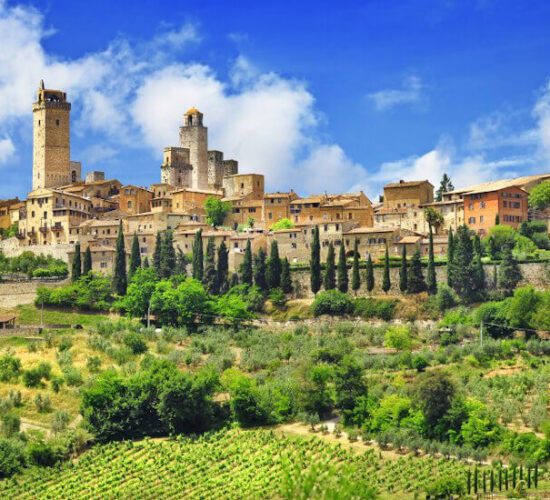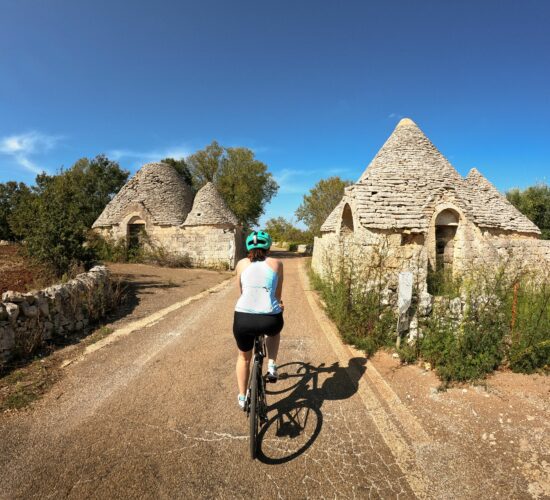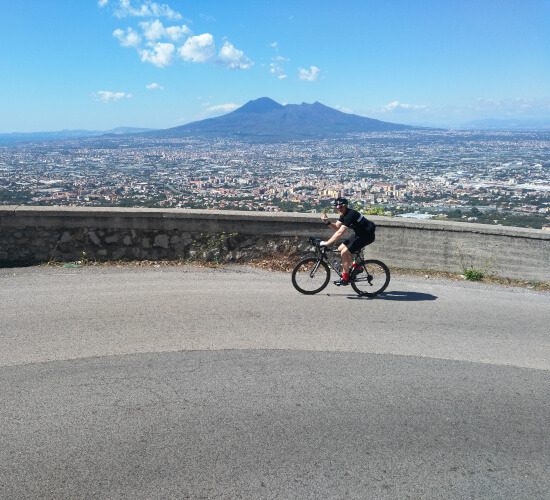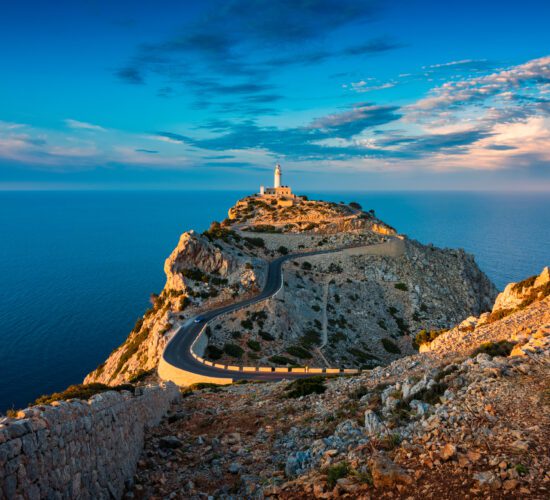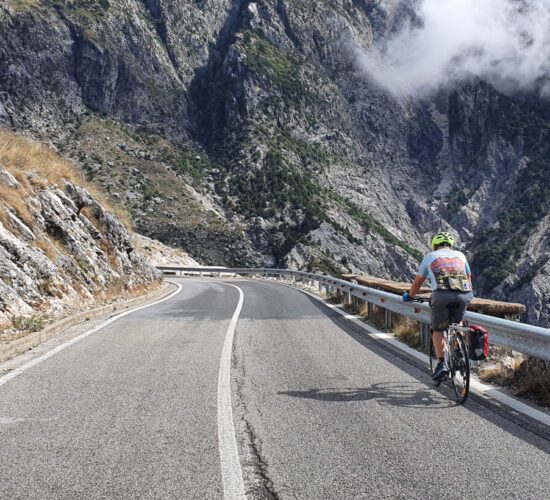Bike enthusiasts from all over the world are increasingly drawn to cycling in Sardinia for their cycling tours. Although it is the second largest island in the Mediterranean, almost as big as Sicily, it has a much smaller population of only 1.5 million people compared to almost 5 million in Sicily (for bike tours in Sicily look here). This means that once you leave the main cities such as Cagliari, Alghero, Sassari, and Olbia, you’ll find yourself cycling through pristine nature on secondary roads that are well maintained with very few cars passing through.
Along the way, you’ll encounter quaint villages with rich historical and culinary traditions, whose inhabitants are curious and welcoming towards cycle tourists. Perhaps, this is because they share a passion for exploration and a love for the unhurried pace that a bicycle tour offers, much like the shepherds who have historically been one of the main activities of the Sardinians. As you pedal through the countryside, the landscape will change dramatically, making it worthwhile to explore the entire island.
Our 15-day tour (the Big loop of Sardinia), which can be split into two separate tours, provides an excellent opportunity to experience all the diverse and stunning scenery that Sardinia has to offer.
Sardinia’s low population density translates into fewer cars on the road, particularly outside the peak holiday season of July and August when many Italian families arrive by ferry with their cars. Even during the warmer months, our experience and tours on the backroads allow cyclists to ride safely, as the local drivers generally respect cyclists.
Moreover, Sardinia boasts a low crime rate, and its population is welcoming and prepared to receive cycling tourists. The primary danger cyclists may face is being caught without water, food, or necessary bike repair tools miles away from the nearest town, particularly during lunchtime when everything may be closed. However, this is precisely the island’s allure, as it offers an unparalleled sense of freedom and connection with nature. With excellent 4G/5G coverage throughout the island and a call to our workshop, even minor problems can be easily solved with ease.
Cycling tourism in Sardinia first emerged in the west coast area (here’s an example of bike tour in the west coast of Sardinia), where the road from Alghero to Bosa and beyond to Cabras and the Costa Verde offers breathtaking views and little traffic, making it a popular route for a bike tour in Sardinia. Covering over 70km a day, it’s ideal for experienced cyclists and road bikers. Alternatively, starting from the Costa Verde with shorter stages of around 50 km can be equally beautiful but less strenuous (check this cycle tour on the Costa Verde of Sardinia, perfect for trekking bikes, gravel bikes, and ebikes).
However, this doesn’t mean other areas of Sardinia are not worth exploring, such as crossing the island to tackle the Gennargentu mountains and arriving at Villasimius on the east coast for a final ride overlooking the sea. Another remarkable cycle tour in Sardinia is the old SS125, now perfect for cycling after the new SS125var opening, that offers sea and mountain views and leads to Santa Teresa di Gallura, the northernmost point of Sardinia. You can choose to pedal part of the Big loop of Sardinia by bike or embark on a 14-day cycle tour that covers all the scenic routes we’ve discussed.
In the 1950s, a group of researchers observed an unusual concentration of people living to be over 100 years old in certain regions of Sardinia. These areas shared a common lifestyle that included a diet high in fresh vegetables, regular physical activity, and strong social connections. Similar patterns were found in other regions around the world with high numbers of centenarians, including Okinawa (Japan), Nicoya (Costa Rica), Ikaria (Greece), and Loma Linda (California).
Dan Buettner, an author and National Geographic Fellow, dubbed these regions the “Blue Zones”. By taking a bike or walking tour of Sardinia, you can explore the secrets of this longevity formula, which includes a Mediterranean diet consisting of fruits, vegetables, whole grains, legumes, nuts, and olive oil, along with physical activities like cycling and walking, as well as stress management and social connections. It’s the Sardinian way of life!
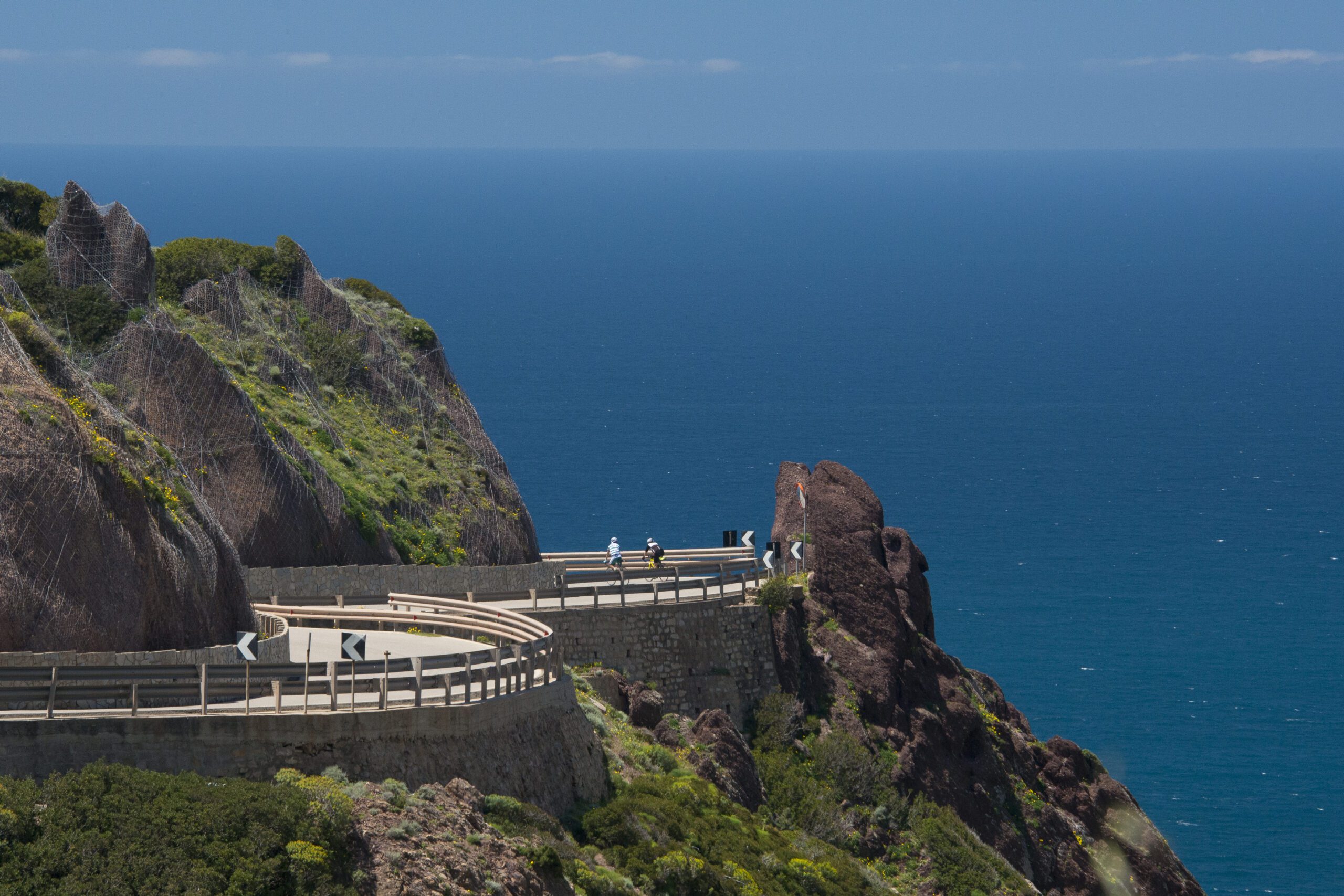
Many bike tours add the Alghero Bosa road as a highlight. The reason is quite easy. Once you leave Alghero you’ll find yourself in pure nature, rugged cliffs on one side, and stunning coastal landscapes on the other. The salty breeze fills the air during your pure Mediterranean journey, and the griffins in the sky will be your mates.
Bike Tours on Bosa-Alghero road here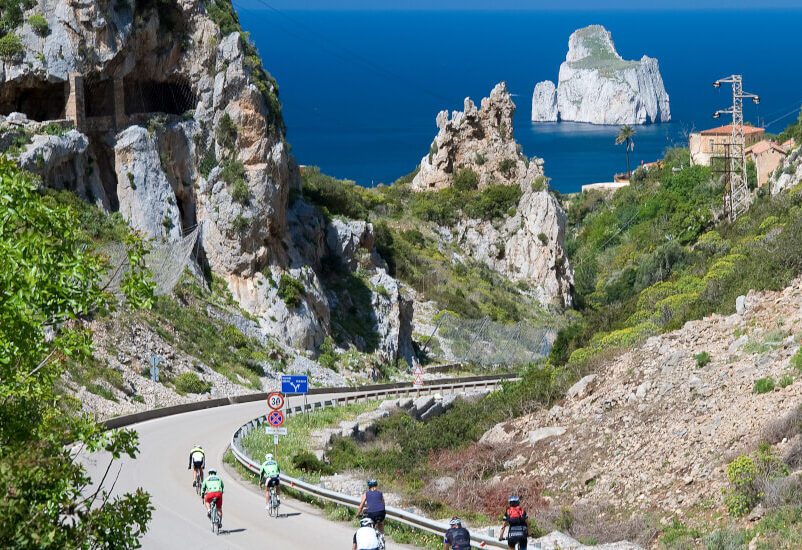
There’s nothing better than a nice descent after a long climb. But in this case the effort will be rewarded by the view of the Sardinian sea and the famous “Pan di Zucchero” of Masua. Cycling in the green coast of Sardinia is this and much more! It’s riding between ghost village from mining heritage on back roads with no traffic. A cycling paradise.
Bike trip list in Costa Verde available here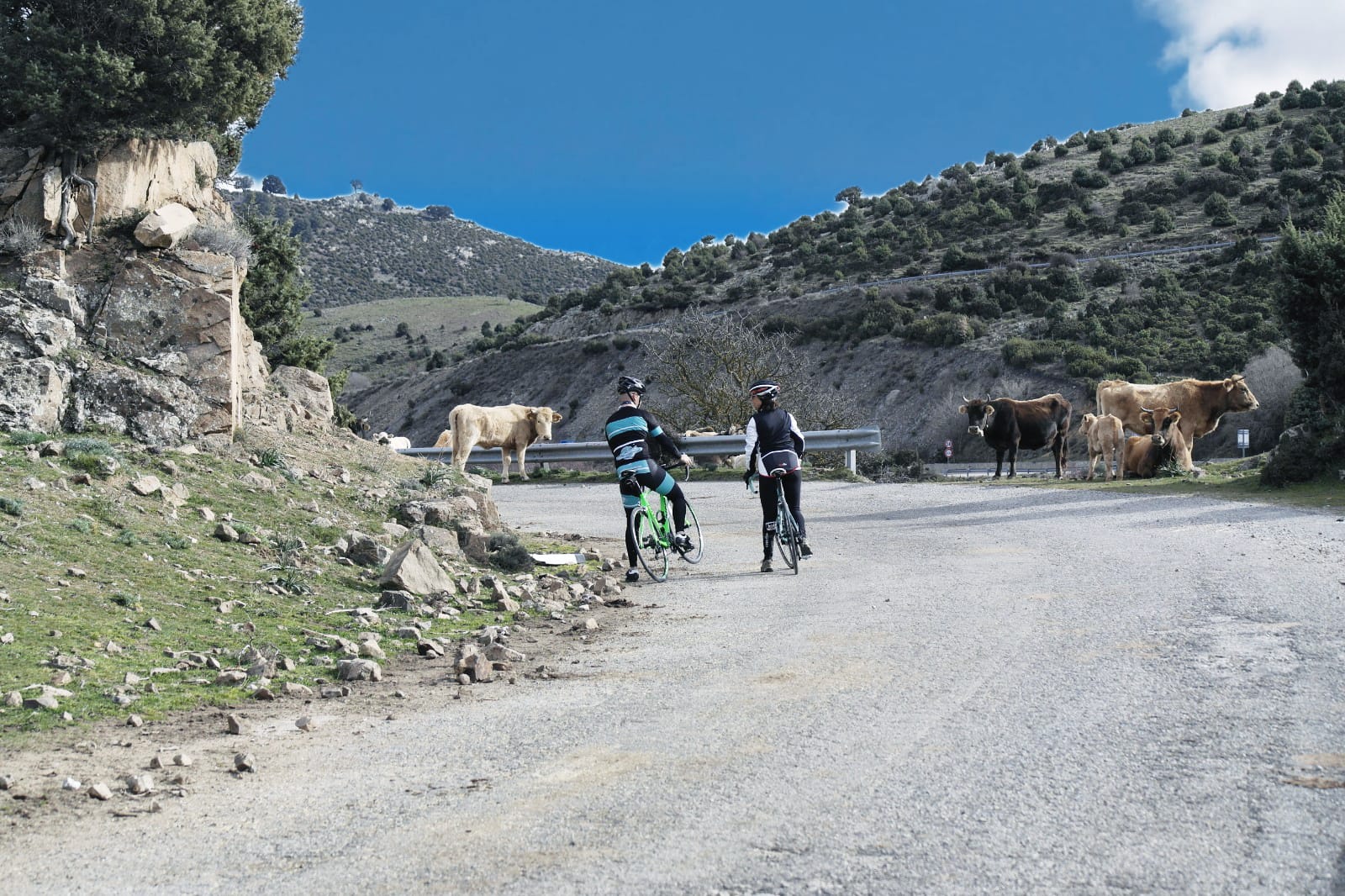
Sardinia is well known for its beaches, so in many bike tours, you will cycle along the coast. If you are looking for something different and you love climbs and nature, the Gennargentu, in the center of Sardinia, are a unique experience: far from everything, just you, your bike, the road, and the sounds of the wilderness.
Bike tours list on Gennargentu here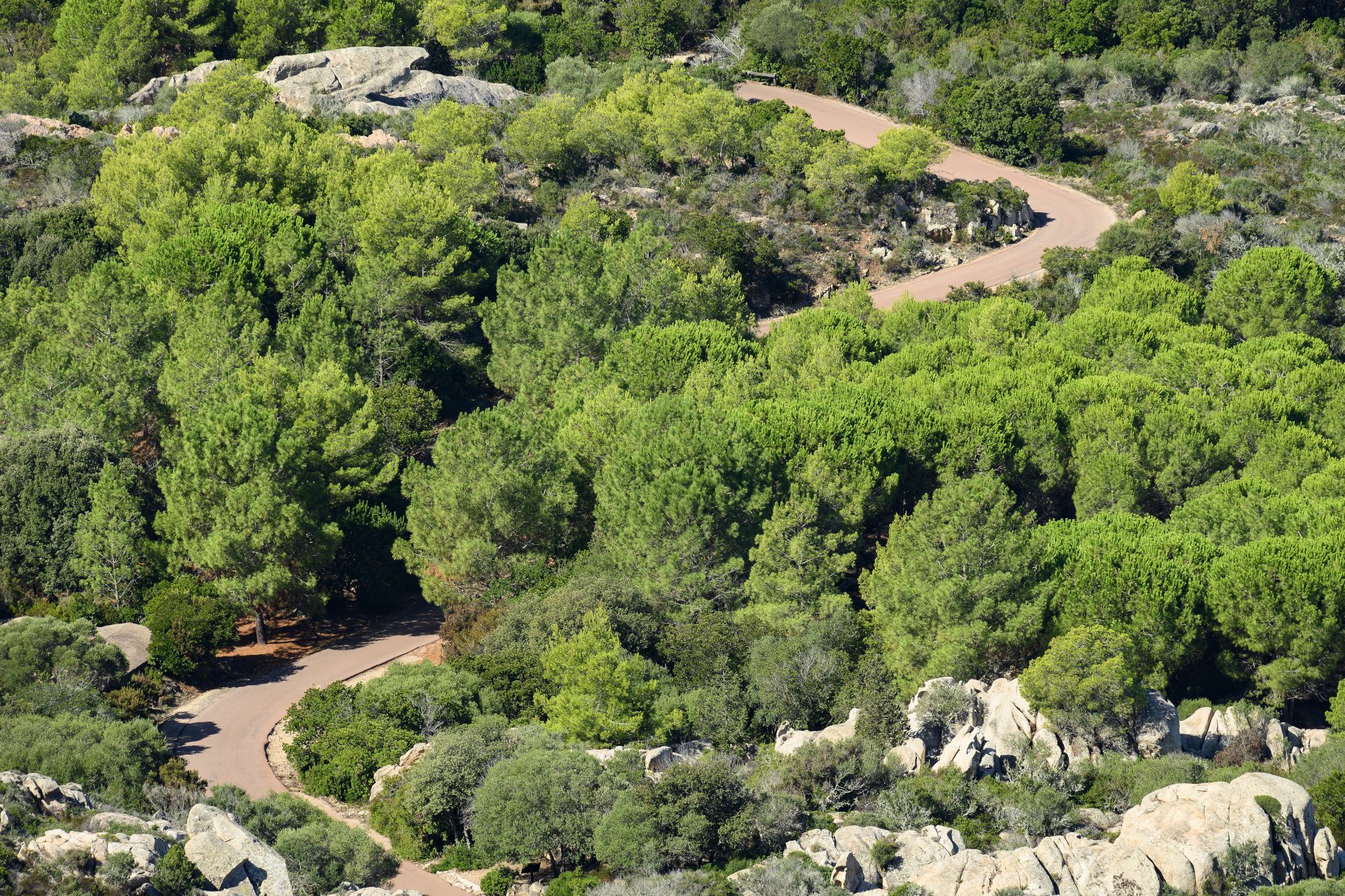
Cycling in a reserve is beautiful. Nature and the few cars what’s better? If then, it is a small island surrounded by a crystal clear sea, with narrow roads surrounded by pines and juniper trees, with an easy climb that brings you to the top of the La Maddalena archipelago with a 360 beautiful view, this is a Sardinian bike tour highlight!
Cycle tour in La Maddalena hereClick the button below and fill out the form.
One of our local guides will get back to you shortly.
